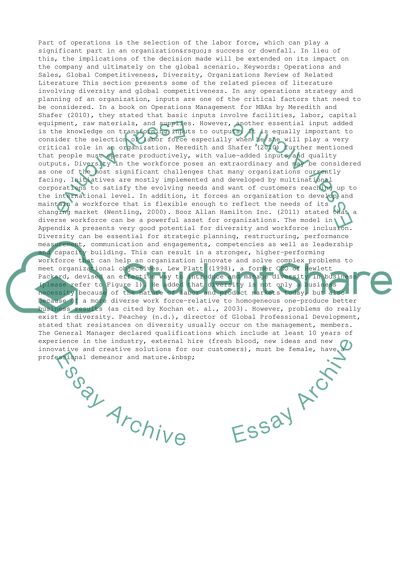Cite this document
(“Climate of Diversity: A Key Factor in Operations and Global Research Paper”, n.d.)
Climate of Diversity: A Key Factor in Operations and Global Research Paper. Retrieved from https://studentshare.org/business/1446283-week
Climate of Diversity: A Key Factor in Operations and Global Research Paper. Retrieved from https://studentshare.org/business/1446283-week
(Climate of Diversity: A Key Factor in Operations and Global Research Paper)
Climate of Diversity: A Key Factor in Operations and Global Research Paper. https://studentshare.org/business/1446283-week.
Climate of Diversity: A Key Factor in Operations and Global Research Paper. https://studentshare.org/business/1446283-week.
“Climate of Diversity: A Key Factor in Operations and Global Research Paper”, n.d. https://studentshare.org/business/1446283-week.


